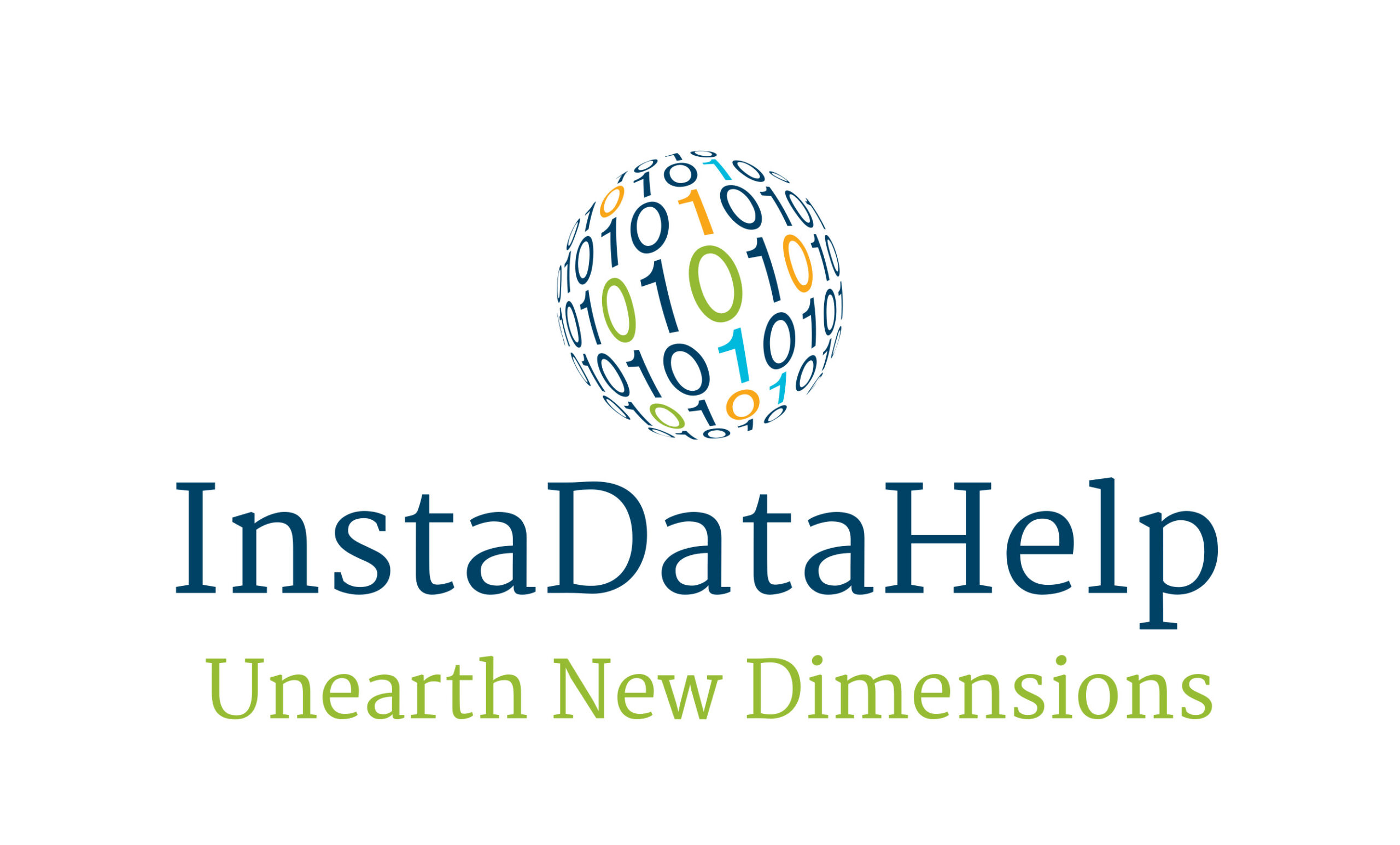The Future of Image Recognition: How AI is Shaping Visual Perception
Introduction
In recent years, the field of image recognition has witnessed significant advancements, thanks to the rapid development of artificial intelligence (AI) technology. Image recognition, also known as computer vision, is the ability of machines to identify and interpret visual data, such as images or videos. This technology has numerous applications across various industries, including healthcare, retail, security, and entertainment. With the continuous progress in AI, image recognition is poised to revolutionize the way we perceive and interact with visual information. In this article, we will explore the future of image recognition and how AI is shaping visual perception.
Understanding Image Recognition
Image recognition involves the use of algorithms and machine learning techniques to analyze visual data and extract meaningful information from it. Traditionally, this process required explicit programming and manual feature extraction, making it time-consuming and limited in its capabilities. However, with the advent of AI, particularly deep learning, image recognition has become more accurate and efficient.
Deep learning algorithms, inspired by the human brain’s neural networks, can automatically learn and improve from large datasets. Convolutional Neural Networks (CNNs) are a popular deep learning architecture used for image recognition tasks. These networks consist of multiple layers of interconnected nodes that process visual data hierarchically, gradually extracting more complex features as they progress. This hierarchical approach allows CNNs to recognize objects, patterns, and even emotions in images.
Applications of Image Recognition
The applications of image recognition are vast and diverse. In the healthcare industry, image recognition is used for diagnosing diseases, analyzing medical images, and assisting in surgical procedures. For example, AI-powered image recognition systems can accurately detect early signs of cancer in medical scans, enabling early intervention and potentially saving lives. In retail, image recognition is utilized for inventory management, customer behavior analysis, and personalized shopping experiences. By analyzing images of products, AI algorithms can identify stock levels, detect damaged items, and recommend similar products to customers based on their preferences.
Security is another area where image recognition plays a crucial role. Facial recognition technology, a subset of image recognition, is widely used for identity verification, access control, and surveillance. AI-powered facial recognition systems can accurately match faces against a database of known individuals, enhancing security in airports, banks, and other high-risk areas.
The Future of Image Recognition
As AI technology continues to advance, the future of image recognition holds immense potential. Here are some key trends and developments that will shape the future of this field:
1. Improved Accuracy: AI algorithms are constantly evolving, resulting in higher accuracy rates for image recognition tasks. Deep learning models are becoming more sophisticated, enabling them to recognize objects and scenes with greater precision. This enhanced accuracy will lead to more reliable and efficient image recognition systems.
2. Real-time Analysis: With the increasing processing power of computers and advancements in AI hardware, image recognition will be able to perform real-time analysis. This means that machines will be able to interpret visual data instantaneously, allowing for faster decision-making and response times. Real-time image recognition will have significant implications in areas such as autonomous vehicles, where quick and accurate perception of the environment is crucial.
3. Contextual Understanding: AI algorithms are being developed to understand the context in which images are captured. This means that machines will not only recognize objects but also interpret their relationships and interactions within a scene. For example, an image recognition system could identify a person holding an umbrella and infer that it is raining. This contextual understanding will enable machines to have a more human-like perception of visual information.
4. Cross-modal Recognition: Cross-modal recognition refers to the ability of machines to recognize and understand visual information in conjunction with other modalities, such as text or audio. This integration of different forms of data will enable more comprehensive and accurate analysis. For instance, an AI system could analyze an image and accompanying text to determine the sentiment expressed in a social media post.
5. Privacy and Ethical Considerations: As image recognition technology becomes more pervasive, concerns about privacy and ethics will arise. Facial recognition, in particular, has sparked debates regarding surveillance, consent, and potential biases. The future of image recognition will involve addressing these concerns and developing frameworks that balance technological advancements with ethical considerations.
Conclusion
The future of image recognition is promising, driven by the continuous advancements in AI technology. With improved accuracy, real-time analysis, contextual understanding, cross-modal recognition, and ethical considerations, image recognition will revolutionize various industries and reshape our visual perception. As AI algorithms continue to evolve, we can expect image recognition systems to become more intelligent, efficient, and integrated into our daily lives. The possibilities are endless, and the future of image recognition holds immense potential for transforming the way we interact with visual information.



Recent Comments